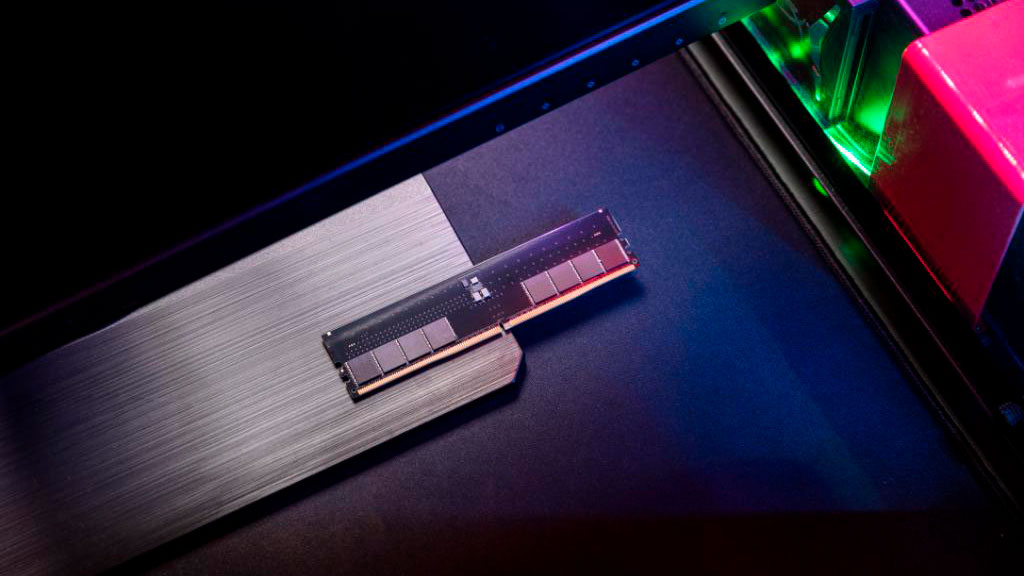Kingston has sent over the brand’s overclockable DDR5 memory modules to its motherboard partners for qualification. The company plans to ship the new DDR5 products in the third quarter of this year to compete with the best RAM on the market.
Kingston’s DDR5 memory is equipped with a XMP profile for an easy and fast setup. In addition, the memory modules feature a programmable PMIC (power management integrated circuit) so motherboard partners can have some fun with them. The standard operating voltage for DDR5 is 1.1V, however, an adjustable PMIC would allow vendors to overclock the memory modules beyond JEDEC’s baseline.
DDR5 not only pushes the speed limit, but also the capacity envelope. Some memory vendors are already on the drawing board to develop DDR5 that runs at 10,000 MHz, while others are aiming for 512GB memory modules. We’ve already gotten a first taste of what DDR5 brings to the table in some early RAM benchmarks, and it looks very promising.
Intel’s 12th Generation Alder Lake processors are rumored to be the first consumer chips to embrace DDR5. Although the chipmaker hasn’t commited to a specific date, Alder Lake production is scheduled to ramp up in the second half of this year. If we’re optimistic, the first Alder Lake chips could land in late 2021 or maybe early 2022. So while Kingston expects to ship DDR5 memory modules in the third quarter of the year, consumers might not be able to exploit them until later in the year, barring any setbacks.
The server and data center market, on the other hand, will welcome DDR5 with open arms. Intel’s looming 4th Generation Xeon Scalable (Sapphire Rapids) will arrive with DDR5 support. AMD’s next generation of EPYC chips (Genoa) will launch this year as well. AMD has stated that Genoa will support “new memory,” likely referring to DDR5.
